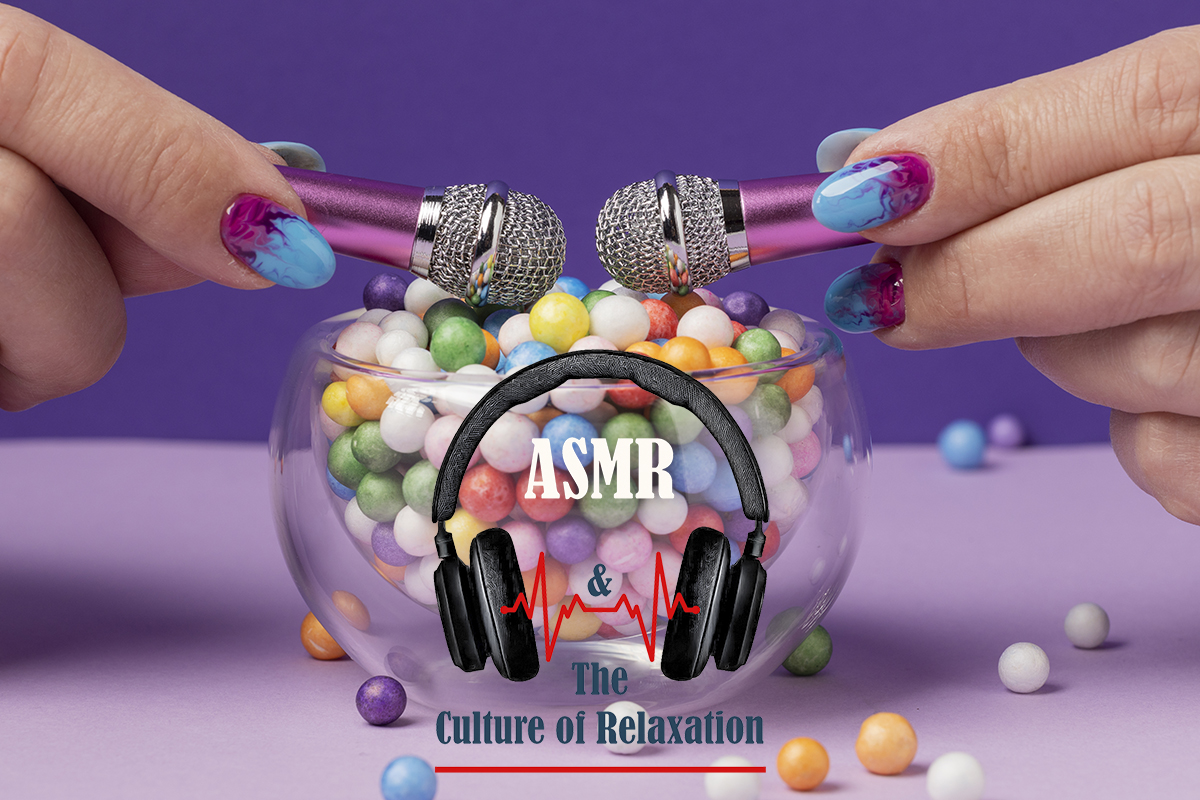Does mindfulness or just simply being aware really work?

Mindfulness is everywhere, praised by everyone from celebrities to the military. But what exactly is mindfulness, and can the state of being aware help us manage everyday stress? Should we be skeptical of its commercialization and secularization?
What is Mindfulness anyway? Mindfulness and meditation, while distinct, are interconnected practices found in various ancient traditions, including Hinduism and Jainism. However, mindfulness is most closely associated with Buddhism, where it has been practiced for about 2,500 years.
In Buddhism, mindfulness involves keeping your attention focused on a specific object, such as your breath or a positive thought, while continually asking yourself, “Is my mind on this object? Is it fully engaged?” It also entails letting go of negative emotions and mindsets, like anger.
Maintaining such focus of being aware can be incredibly challenging. Our minds often race with thoughts, memories, and anxieties. To practice mindfulness, you must repeatedly bring your attention back to the chosen object. You might sit and meditate for an hour, but if your mind wanders, the practice may feel less effective.
However, it’s important to note that ‘mind wandering’ can also be beneficial, contributing to creativity and new ideas. So, if you are being aware that your thoughts are drifting while trying to be mindful, don’t be discouraged.

What are the benefits of being aware?
The physiological and psychological advantages of mindfulness have been researched for decades. Jon Kabat-Zinn, an American professor and scientist, is a prominent figure in this area. In 1979, he developed an eight-week program called Mindfulness-Based Stress Reduction (MBSR) specifically for individuals dealing with chronic pain.
This course combined Dr. Kabat-Zinn’s knowledge of Zen meditation and yoga, presenting a secular interpretation of mindfulness rather than a spiritual one.
Numerous studies have indicated that MBSR can reduce anxiety, depression, and stress, while increasing self-compassion among participants. Many individuals reported feeling calmer and less reactive after completing the program, recognizing a change in their mental state.
While mindfulness or being aware of all your thoughts doesn’t reduce the amygdala’s (a region of the brain) capacity to process emotions, it may assist in other ways.
However, it’s important to note that mindfulness doesn’t work for everyone. Some individuals may experience adverse effects, such as heightened anxiety, panic attacks, or disrupted sleep from mindfulness meditation.
Consequently, traditional meditation practices may not be suitable for those with a history of trauma or predisposition to mental health issues. Alternative forms of meditation, like yoga or tai chi, may be more beneficial for certain individuals.

Is secular mindfulness still mindfulness?
Not everyone adheres to the Buddhist definition of mindfulness. The practice is often described as “the awareness that arises from paying attention, on purpose, in the present moment, and without judgment.”
Mindfulness is essentially awareness that anyone can practice at any time and place. While it’s possible to engage in mindfulness without meditation, this state of being aware can be quite challenging, which is why meditation is commonly used to cultivate this skill.
Other types of meditation, such as mantra meditation, aim for a fixed, deep state and are not considered mindful. For many, the connection to Buddhism remains integral to the practice of mindfulness.
Should we be skeptical of those who sell mindfulness?
The commercialization of mindfulness may have transformed a deeply connective practice into one that feels hyper-individualistic and isolating.
For example, companies might provide mindfulness programs or wellness resources to employees, which can place the onus of managing stress solely on individuals rather than addressing systemic issues like workload reduction or salary increases.
When we approach mindfulness naively, out of context or in isolation, we can easily fall into these traps.
At its core, mindfulness is a tool for liberating our bodies and minds. However, in certain situations, it can even be ‘dangerous.’ Ultimately, there’s no doubt that mindfulness or a state of being aware, when taught in a contextual, cultural, and sensitive manner, can offer significant benefits to individuals.




















